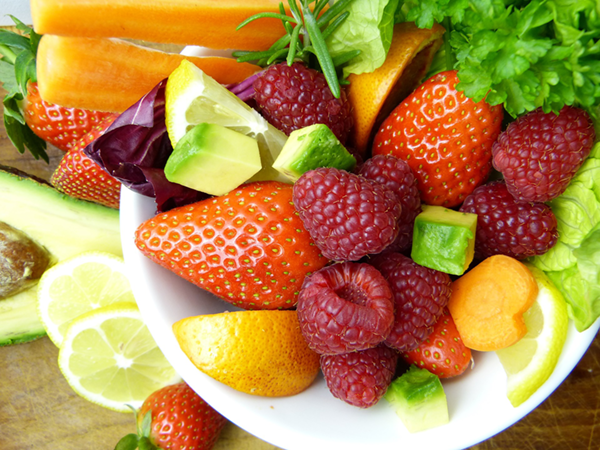San Antonio Magazine – May 2017 – by By Chris Warren
San Antonio, We Have a Diabetes Problem: The city is known for high rates of Type 2 diabetes in adults and kids, but UT Health is working to change that as a research epicenter
Dr. Jane Lynch spends a good chunk of her time attending medical conferences. One of two U.S.-based members on the Global Expert Committee on Type 2 Diabetes in Youth, Lynch regularly collaborates with researchers around the world about topics such as how the disease presents itself in the U.S. as compared to India or China.
A professor of pediatrics at UT Health San Antonio, Lynch can be pretty confident that no matter where a meeting is held or what the specific topic is, at some point her hometown will come up. “When you are at a conference, they will start quoting San Antonio data,” she says. “We are an epicenter for Type 2 diabetes.”
Of course, this is not exactly a point of pride for San Antonio—and one of SA2020’s goals is to reduce the number of adults with a reported diabetes diagnosis to just over 12 percent, a target that has already been met. But the flip side of struggling with obesity and diabetes citywide is that San Antonio is also an international leader in diabetes research, with locals pioneering a better understanding of the disease and leading the way in unlocking improved treatments and medications.
One of the ways Lynch hopes to impact the adult Type 2 diabetes rates is through lowering the rate in children. The disease is known as adult-onset diabetes because it usually manifests when people reach their 40s or 50s, but Lynch is at the forefront of research into Type 2 diabetes in people under the age of 18 and sees an alarming number of children at her UT Health clinic. “We have diagnosed over 800 kids…




